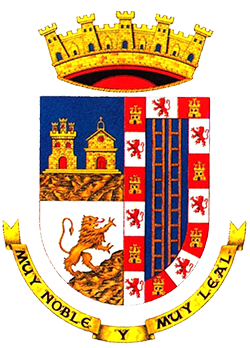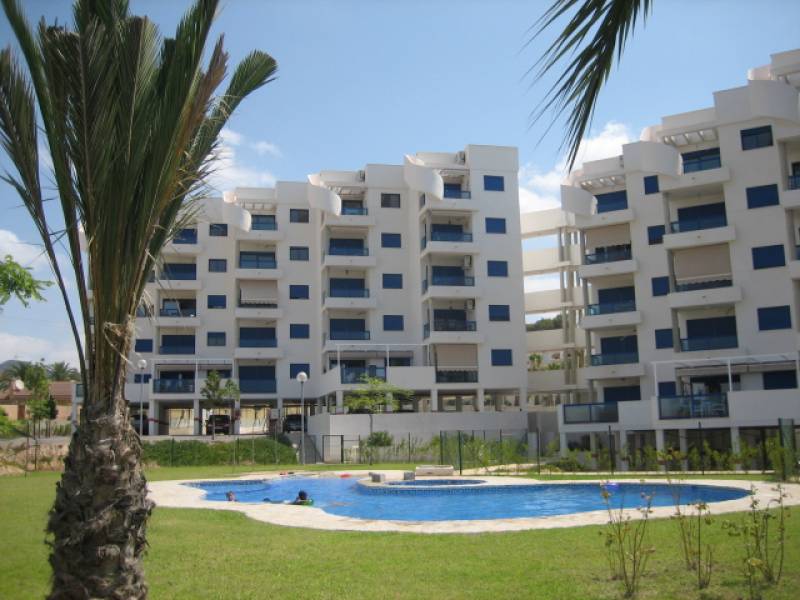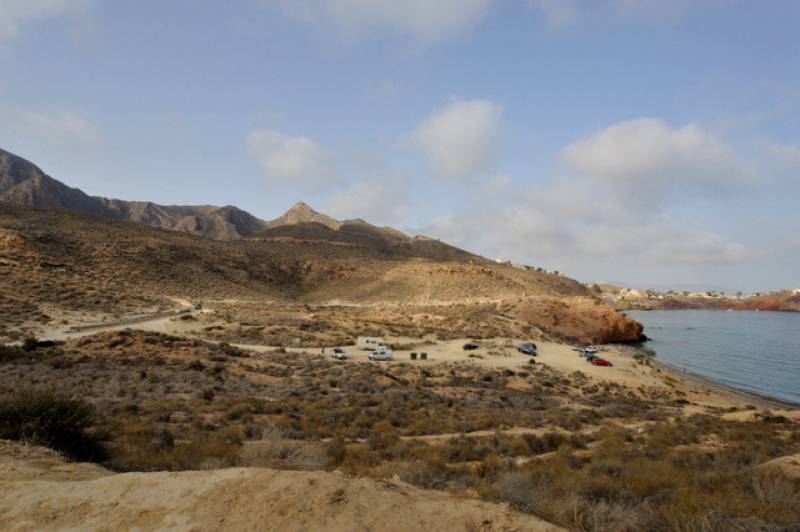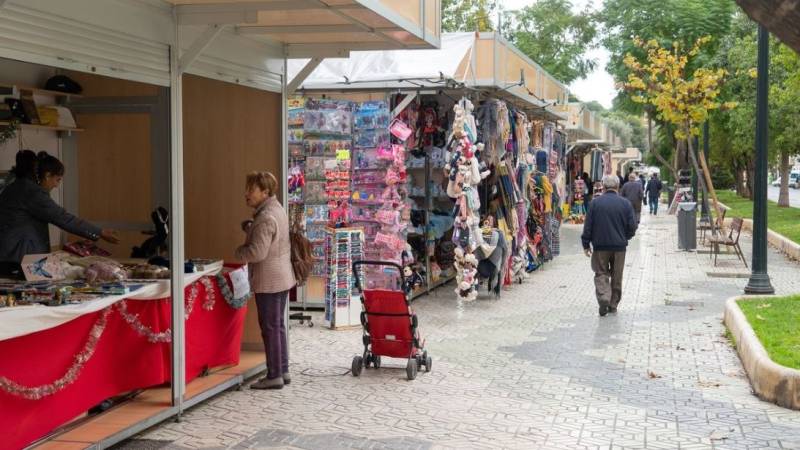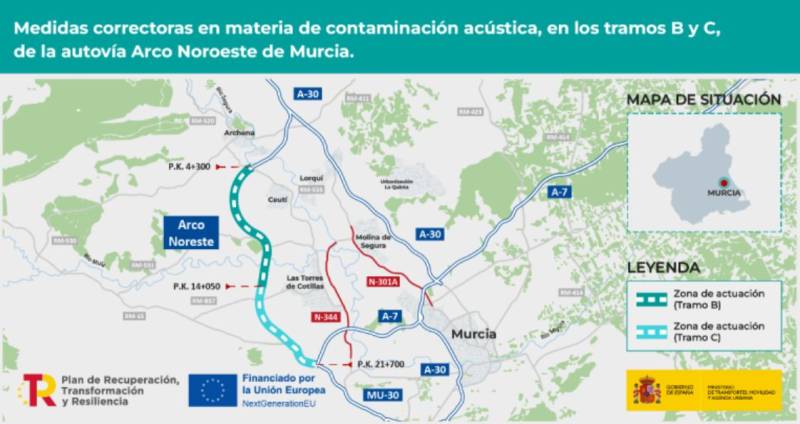Date Published: 23/05/2022
ARCHIVED - Jumilla Wine Museum opens to the public after over 10 years of redevelopment
ARCHIVED ARTICLE Trace the 5,000-year-old history of wine making in Jumilla

Saturday May 21 saw the long-awaited official opening of the Wine Museum in the town of Jumilla, a project which has taken over 10 years to complete at a total cost of around 1.5 million euros.
It is anticipated that the new museum will provide a further boost to tourism in and around Jumilla, providing an additional attraction to those already visiting the numerous wineries, the monuments of the old town centre, the imposing medieval castle and the spectacular countryside of the north of the Region of Murcia.
The Museo del Vino de Jumilla is located in premises that were once occupied by the El Arsenal esparto grass factory on Calle Goya near the Colegio Público Miguel Hernández school. These buildings which were renovated between 2010 and 2014 at a cost of over 900,000 euros (including a subsidy of 650,000 euros from the Leader Program).
Since then it has been necessary to refurbish the interior of the buildings, work which has been interrupted due to funding problems and, over the last couple of years, the Covid pandemic, but on Saturday Mayoress Juana Guardiola was at last able to pronounce the museum open.
5,000 years of wine-making history
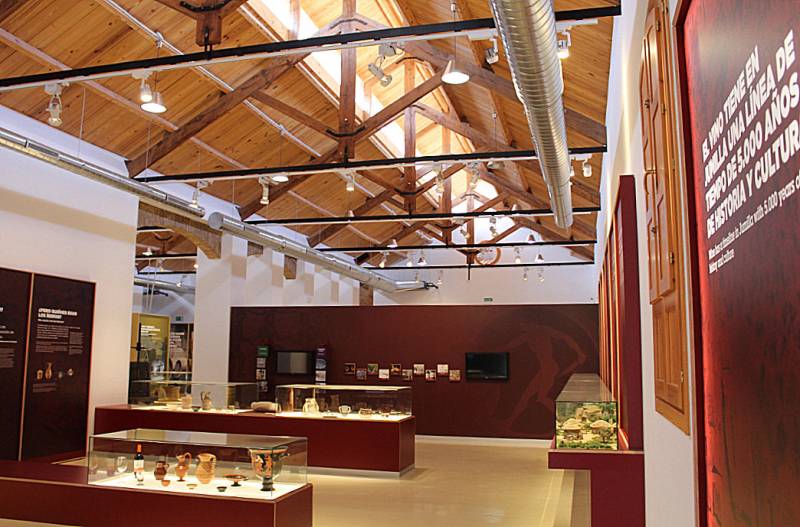
The result of all this effort in Jumilla is that visitors can now enjoy a voyage through the history of wine-making in the area through the visual and interactive exhibits on display. These exhibits are divided into three main areas, the first of which concentrates on history and archaeology.
Viniculture in Jumilla dates back to the Calcolithic (or Copper Age), and among the items providing evidence of this are the earliest grape vine seeds found in the area. These 5,000-year-old seeds were excavated at the site of El Prado and the story of wine in Jumiilla then continues through the period of Iberian domination, the Ancient Greeks, the Romans and the Middle Ages.
The second exhibition area concerns the economic importance of wine in Jumilla in the 19th century and the crucial role played by the Monastrell strain of grape in the DOP Jumilla products. Traditional methods of producing, storing, transporting and exporting wine are shown, and the good fortune which saw Jumilla vines escape the Phyloxera infestation in the 19th century is explained.
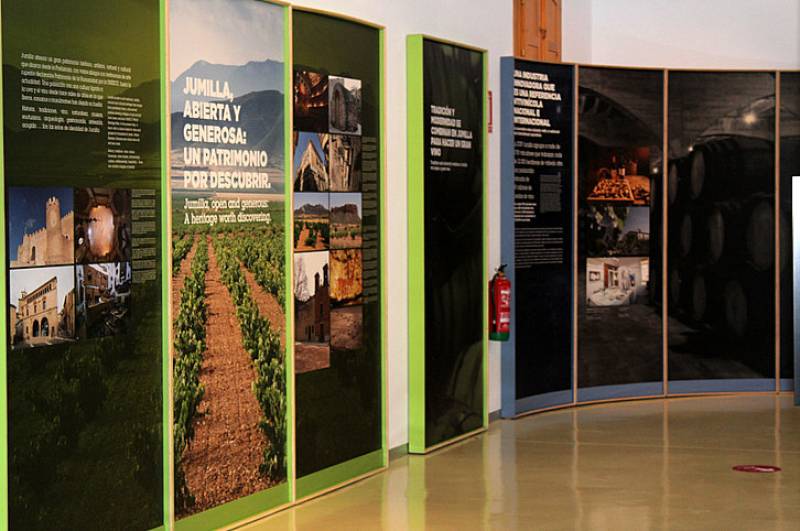
Finally, the museum focuses on the “Denominación de Origen Protegida” label and the Ruta del Vino de Jumilla, the organization responsible for the growth of wine tourism in this part of Murcia. Here it can be seen how the development of wine making over thousands of years has led to it being such an important part of local history, economy, fiestas, gastronomy and traditions.
The Museo del Vino de Jumilla also boasts a conference room seating up to 72 people, a tasting room, a temporary exhibition space and an outdoor area, and from now on it will open to the public in a timetable similar to those of other municipal museums.
For more local news, events and other information go to the home page of Jumilla Today.
 WELCOME TO JUMILLA. WHAT'S ONCLICK HERE!
WELCOME TO JUMILLA. WHAT'S ONCLICK HERE! JUMILLA WHAT TO SEE.CLICK HERE!
JUMILLA WHAT TO SEE.CLICK HERE! JUMILLA WINE ROUTE.CLICK HERE!
JUMILLA WINE ROUTE.CLICK HERE! JUMILLA GASTRONOMY.CLICK HERE!
JUMILLA GASTRONOMY.CLICK HERE! JUMILLA PLACES TO VISIT.CLICK HERE!
JUMILLA PLACES TO VISIT.CLICK HERE!

